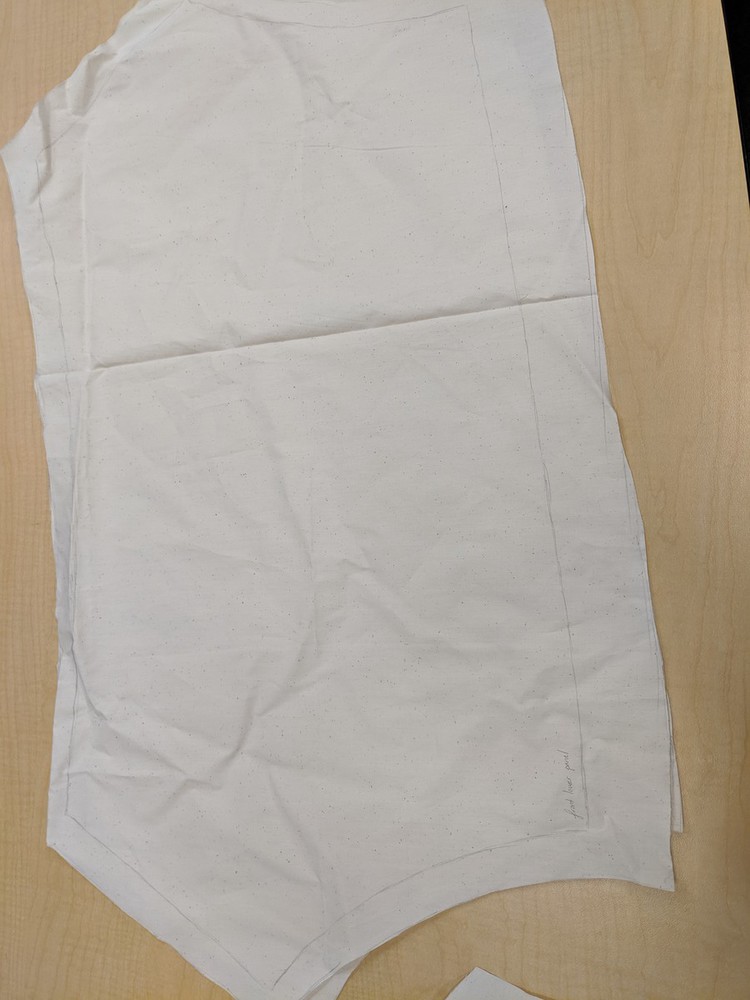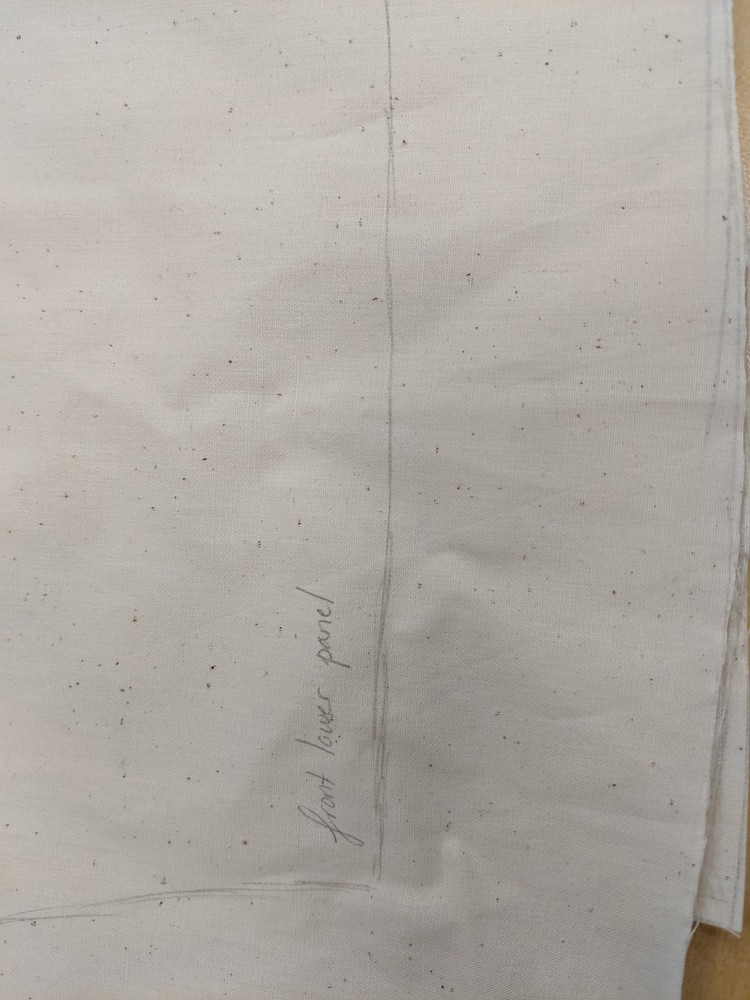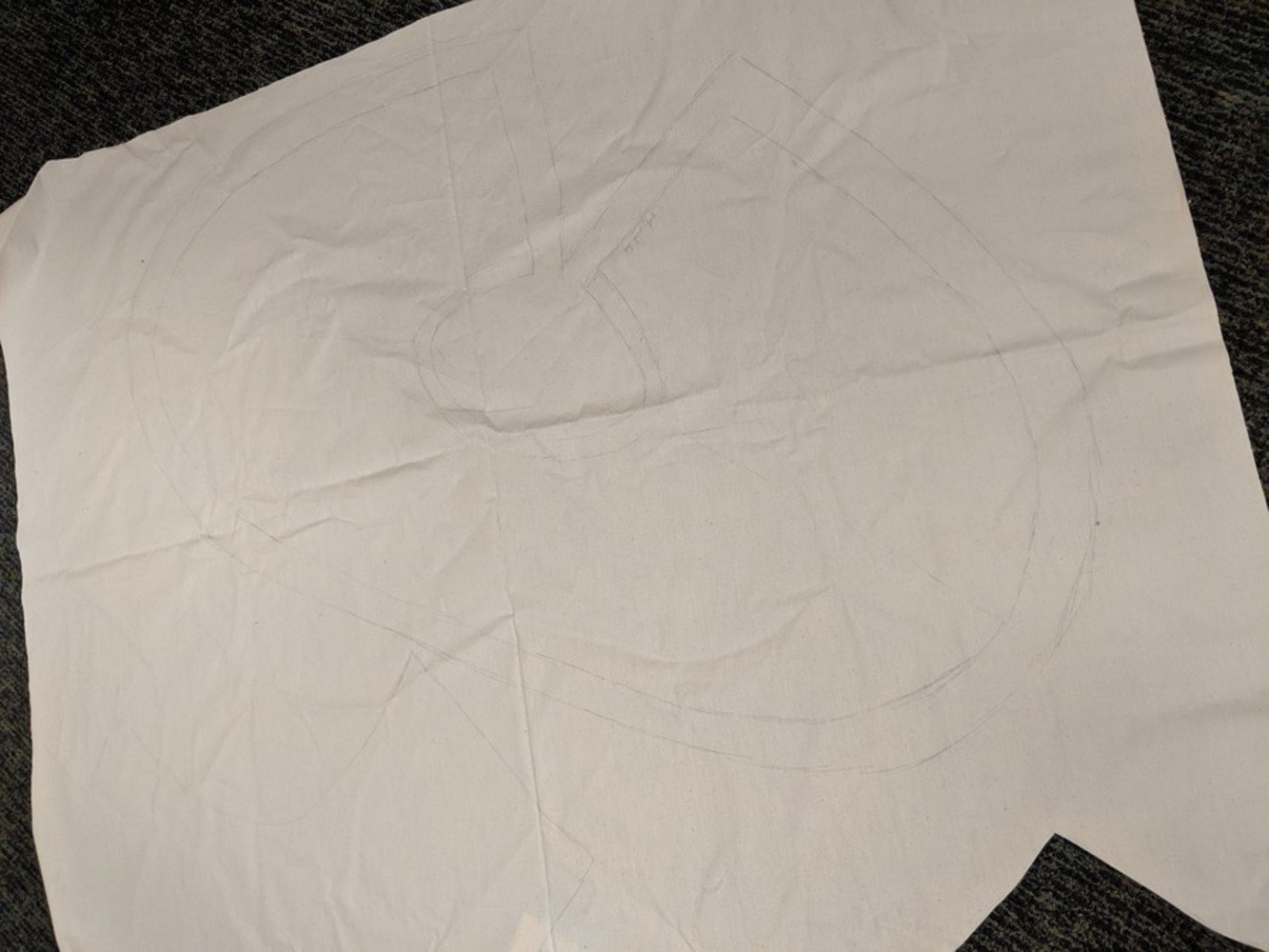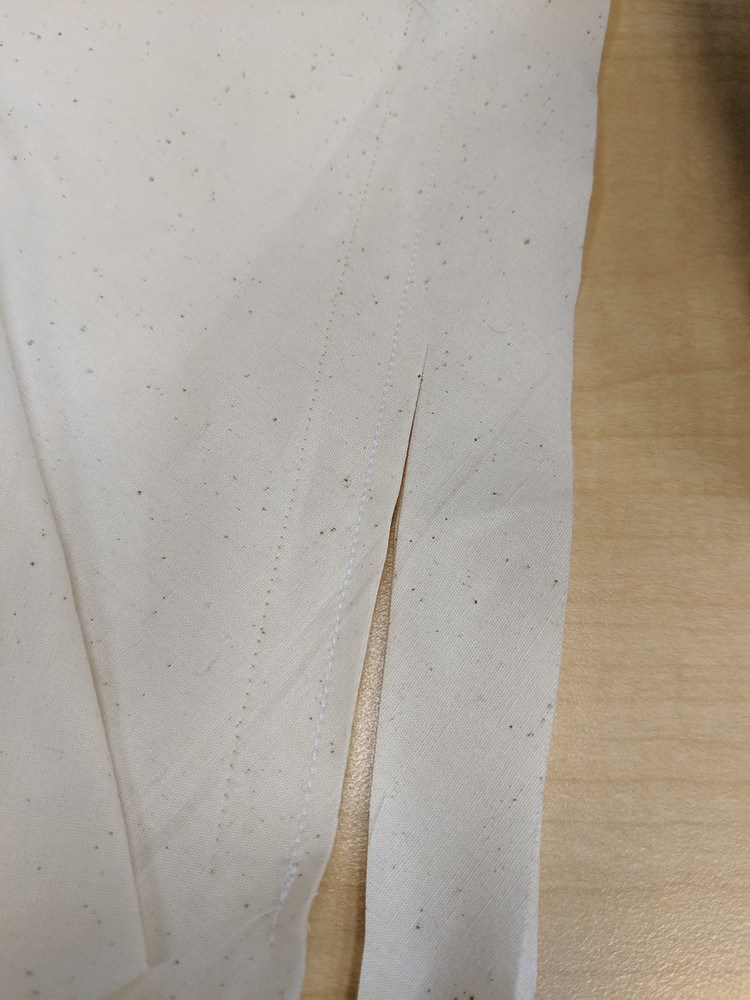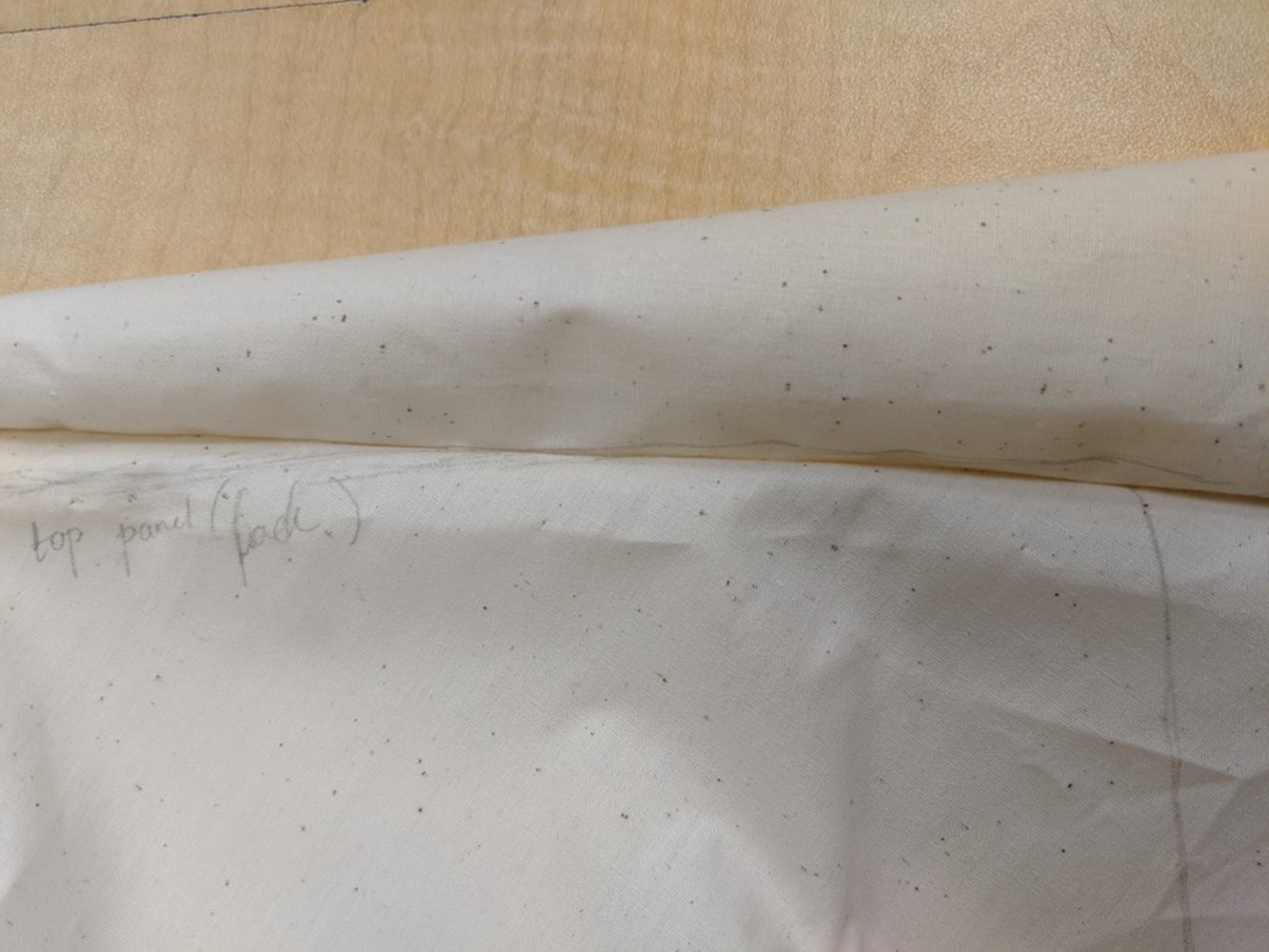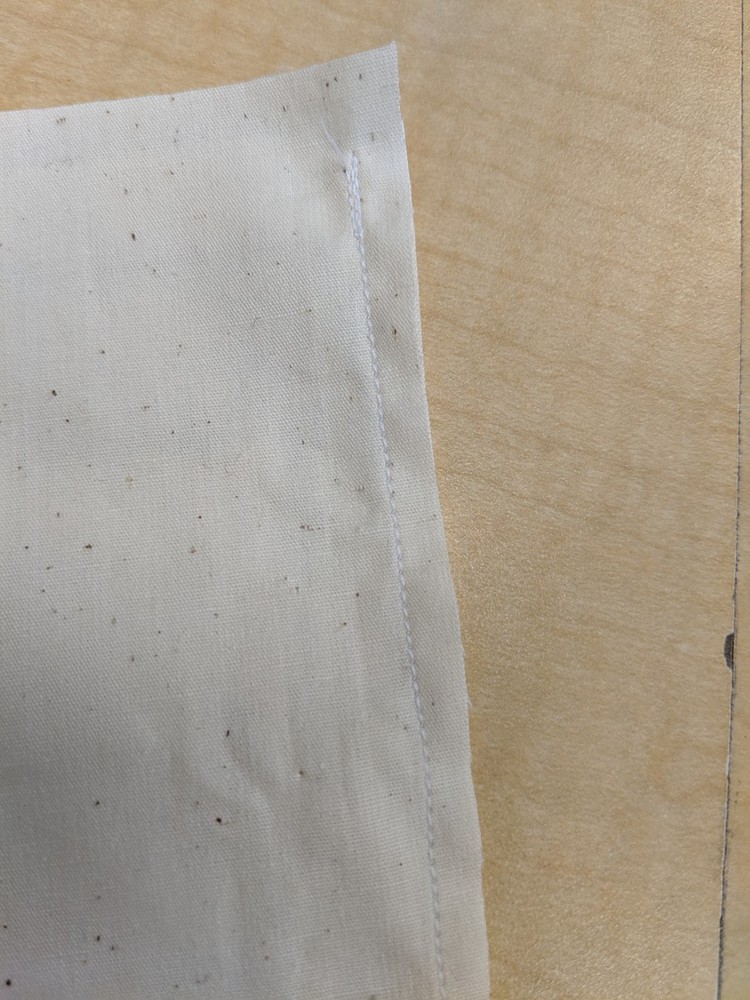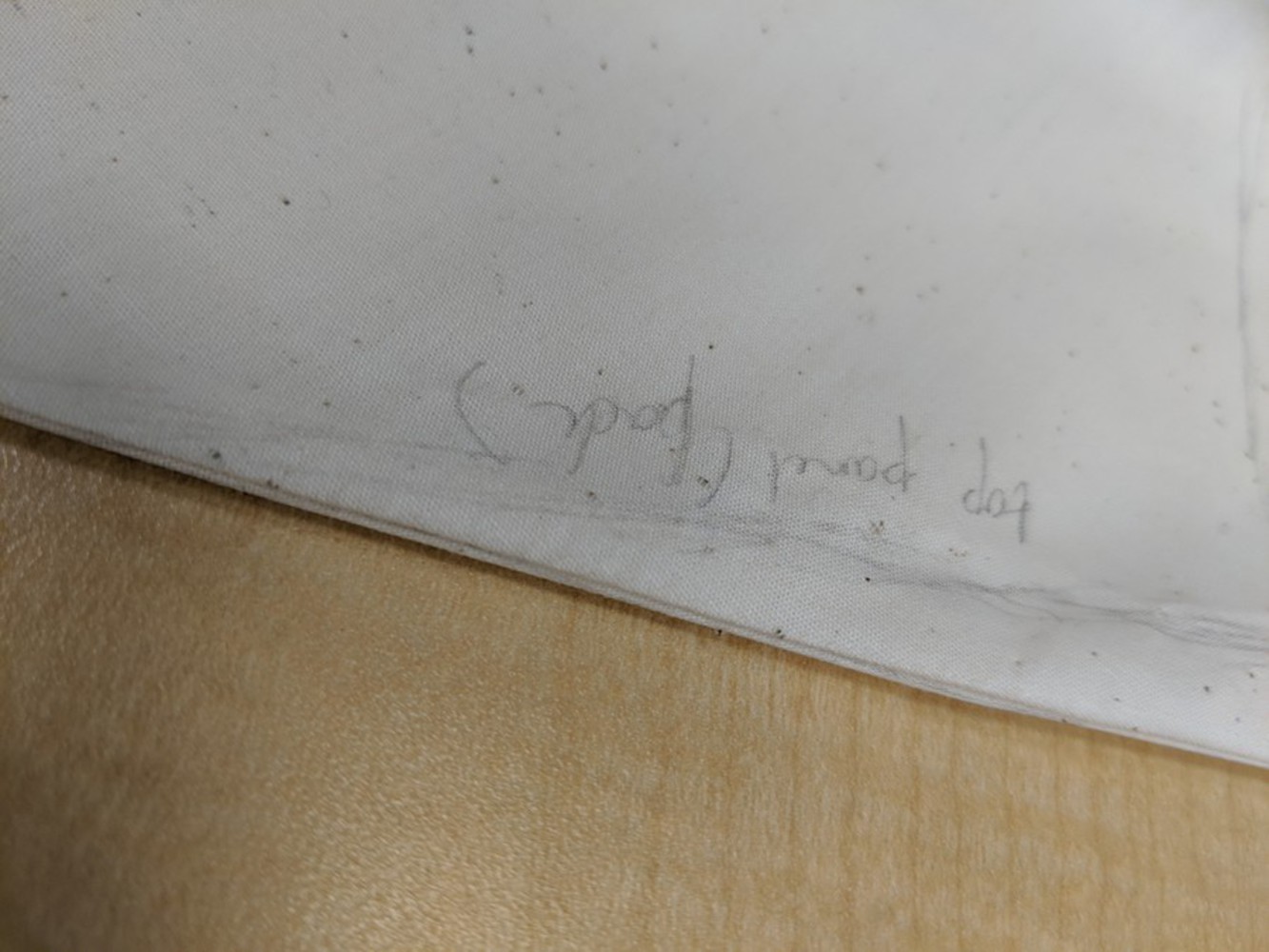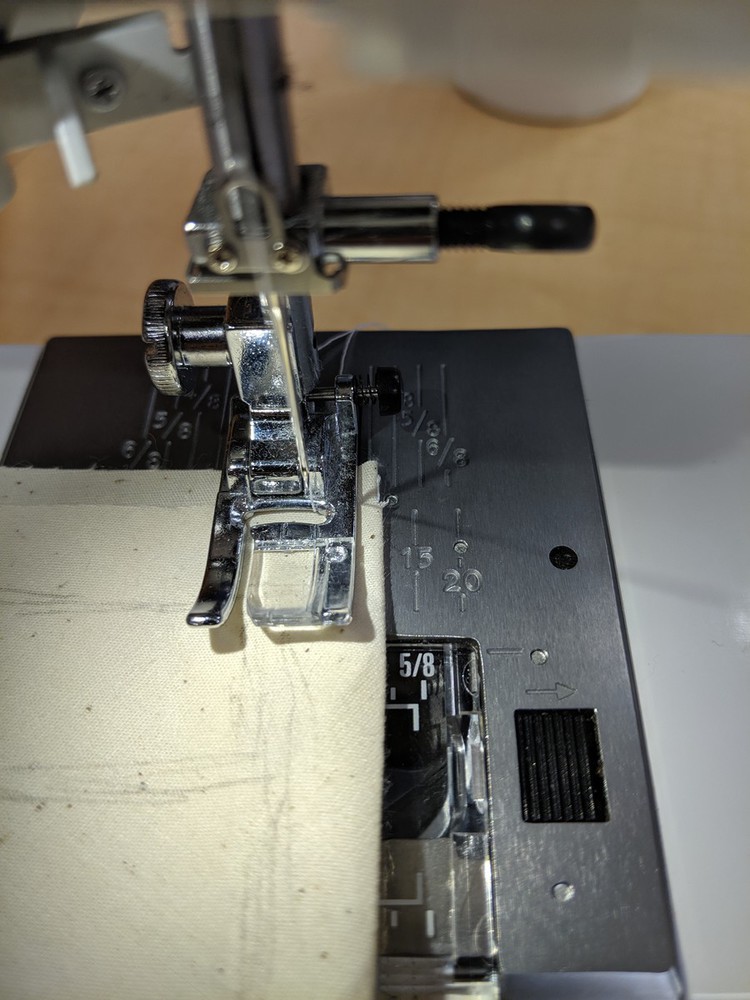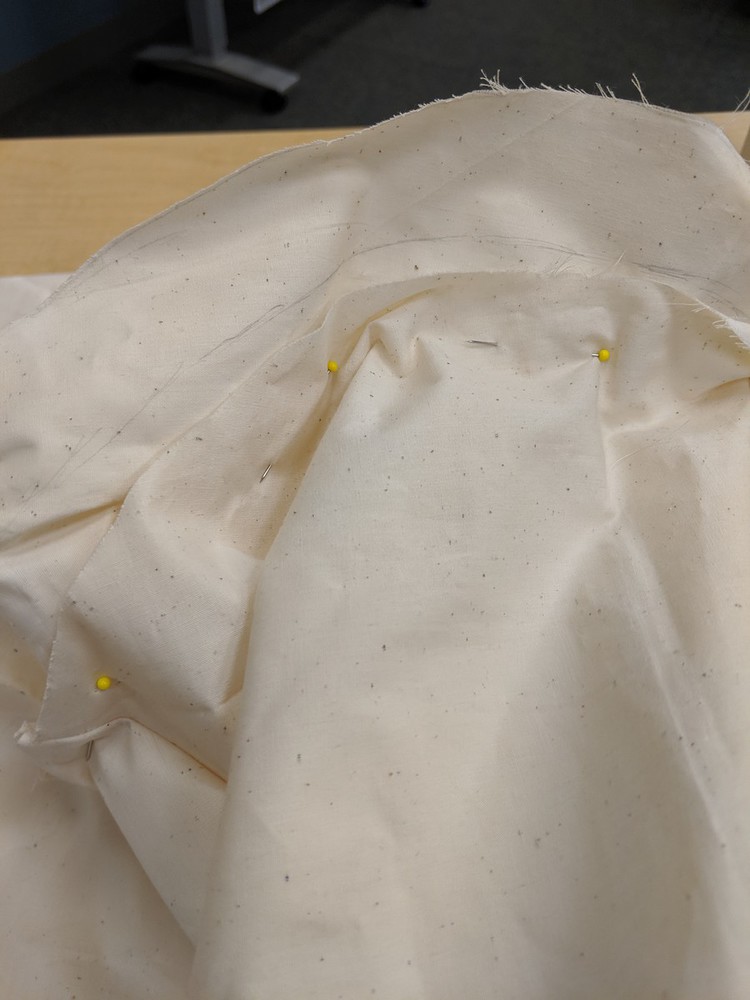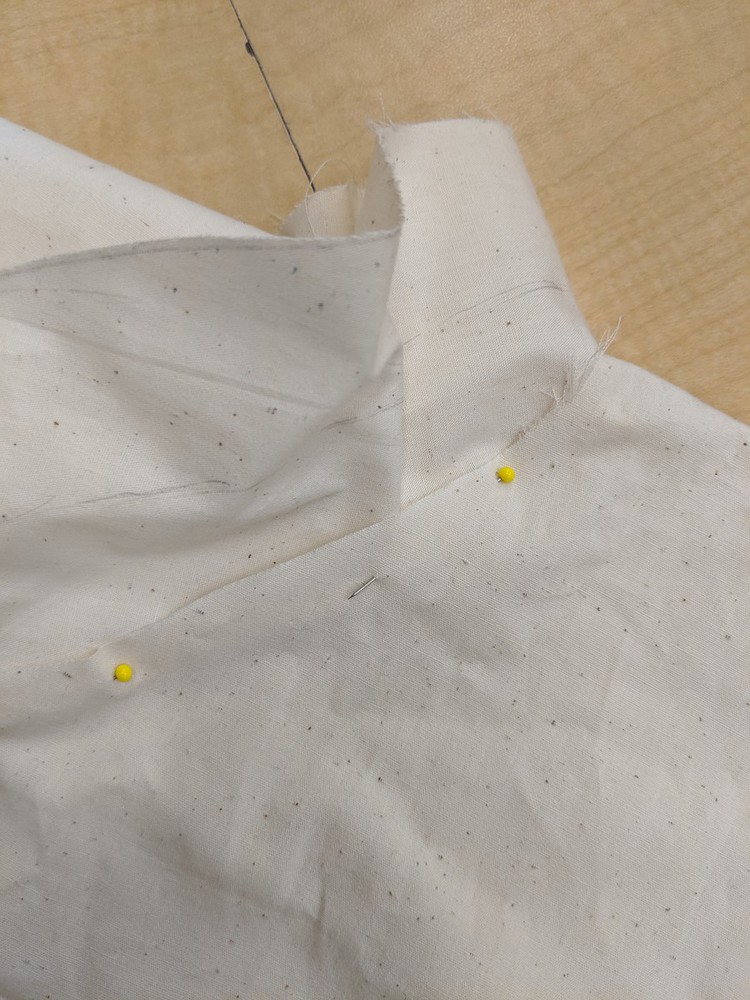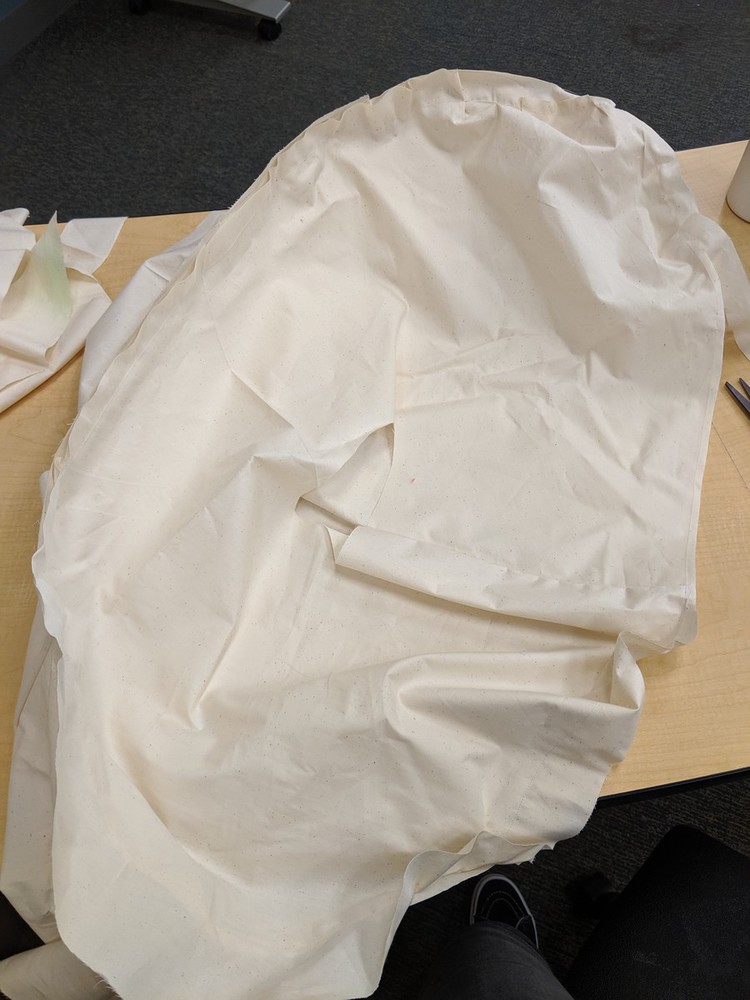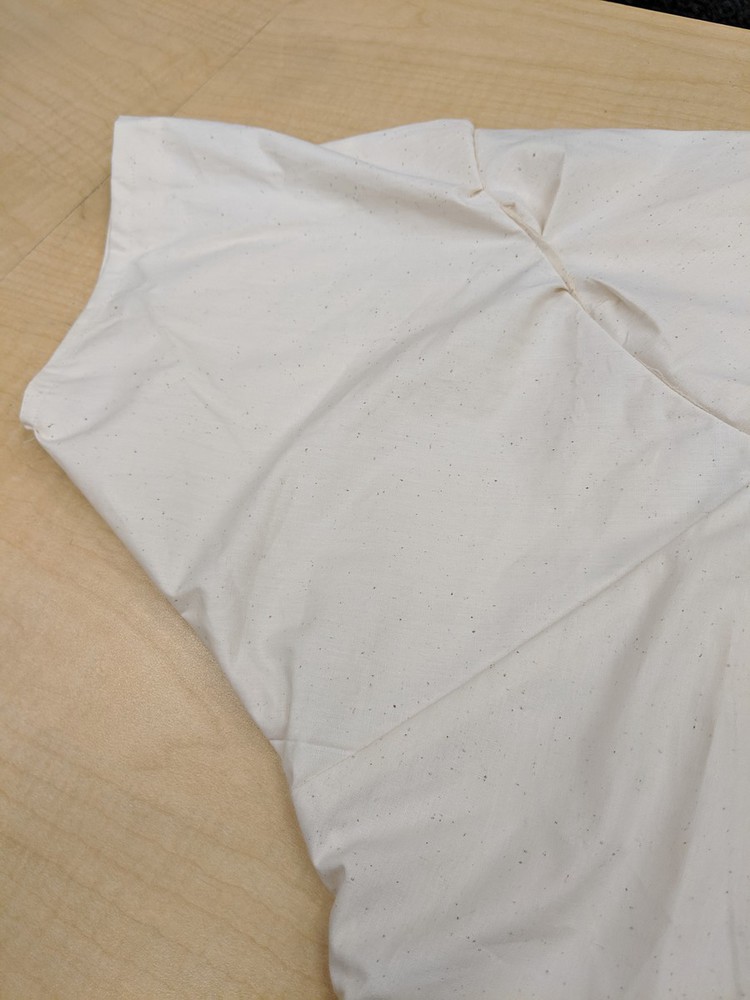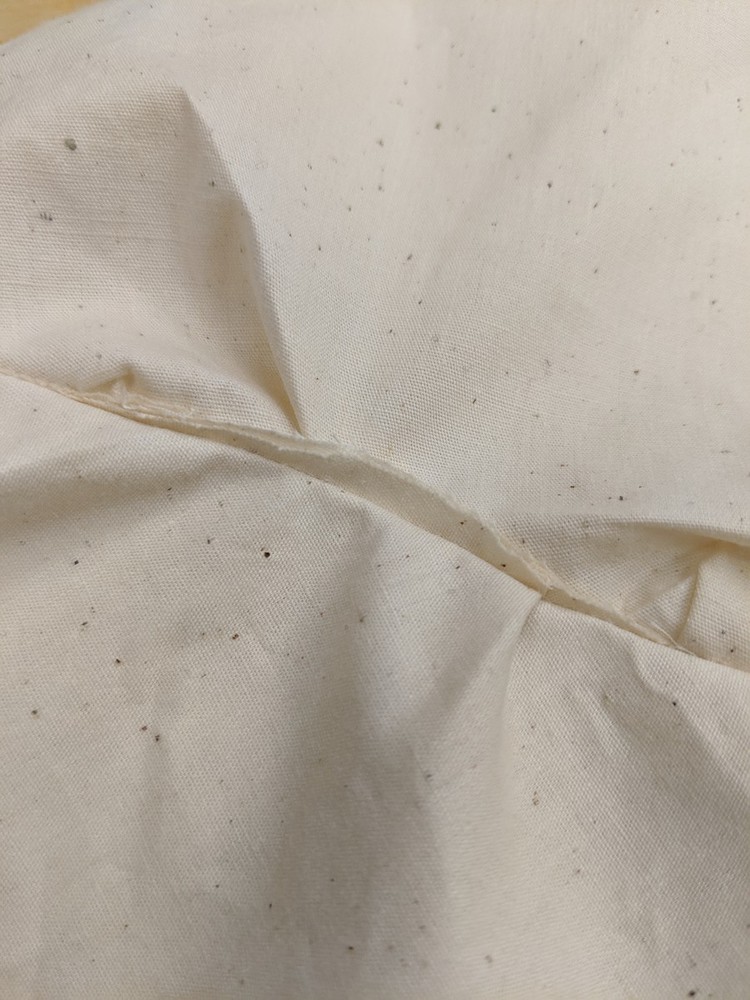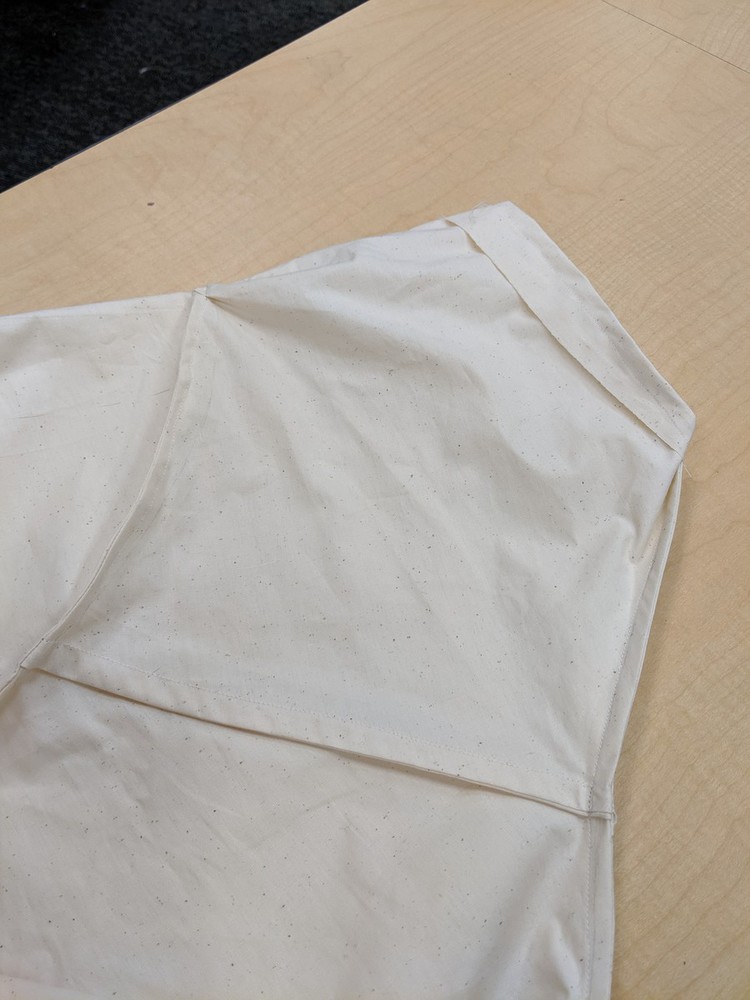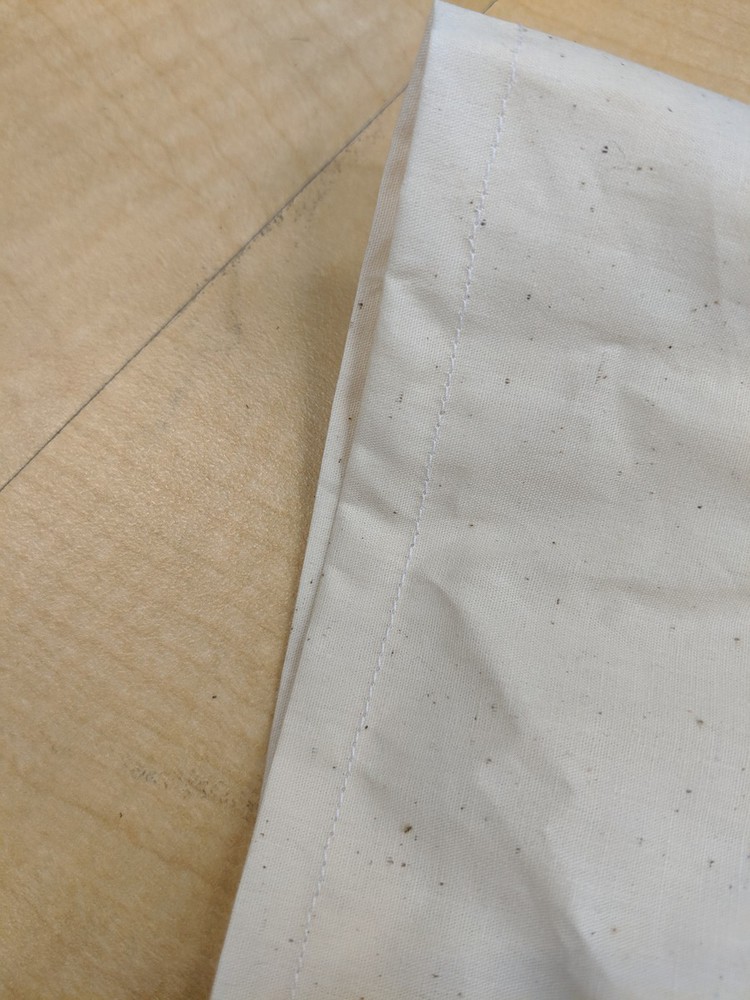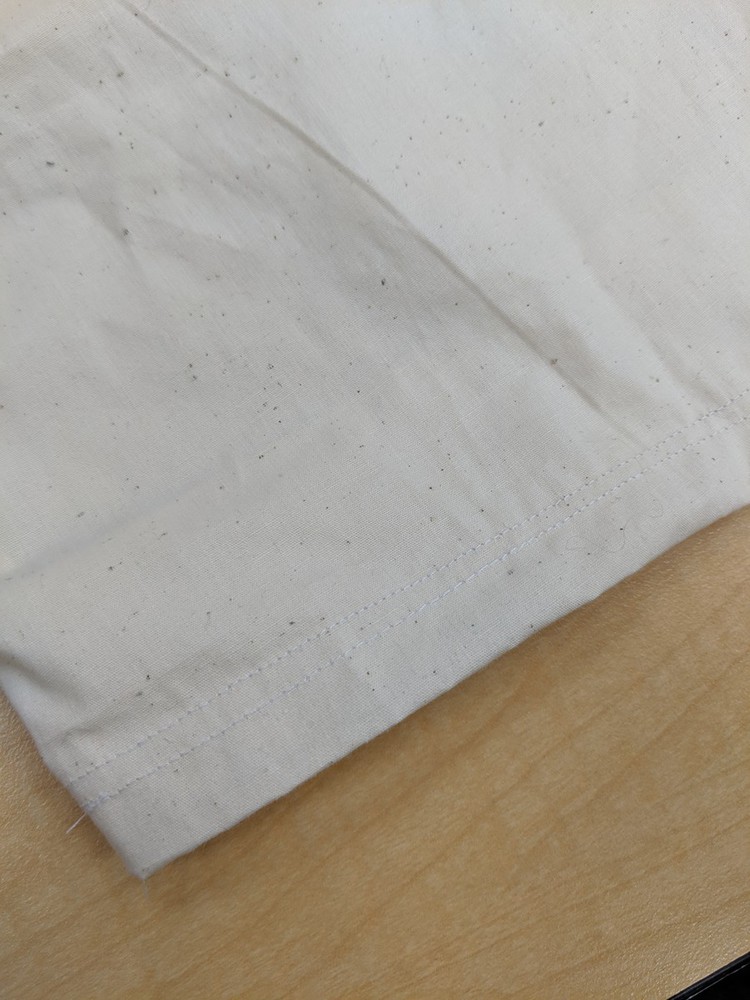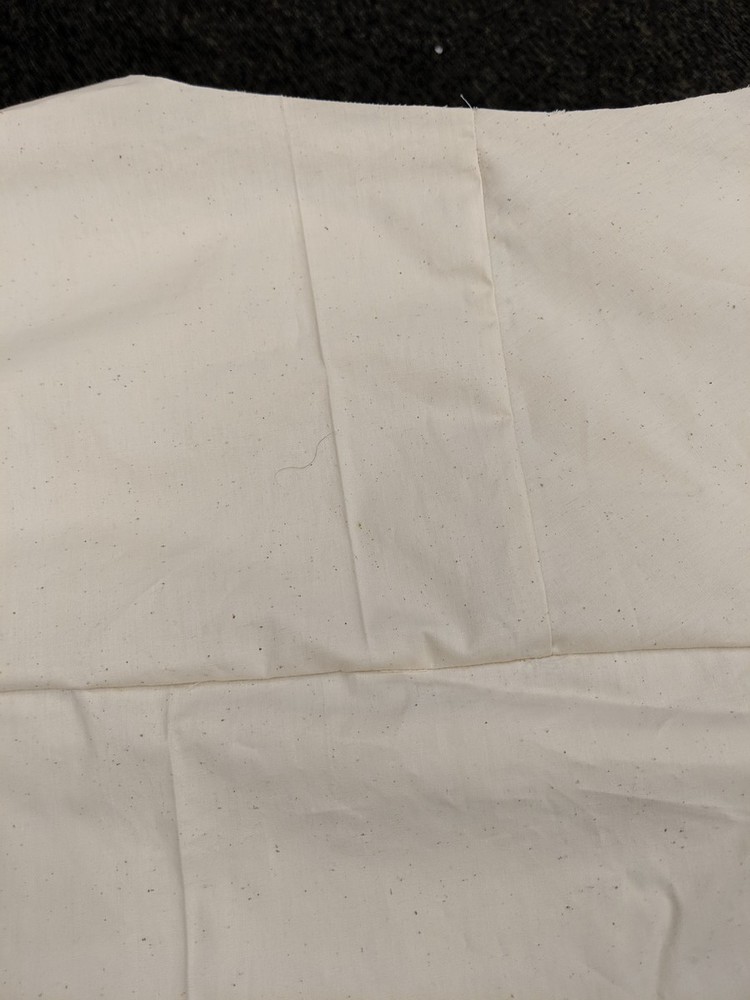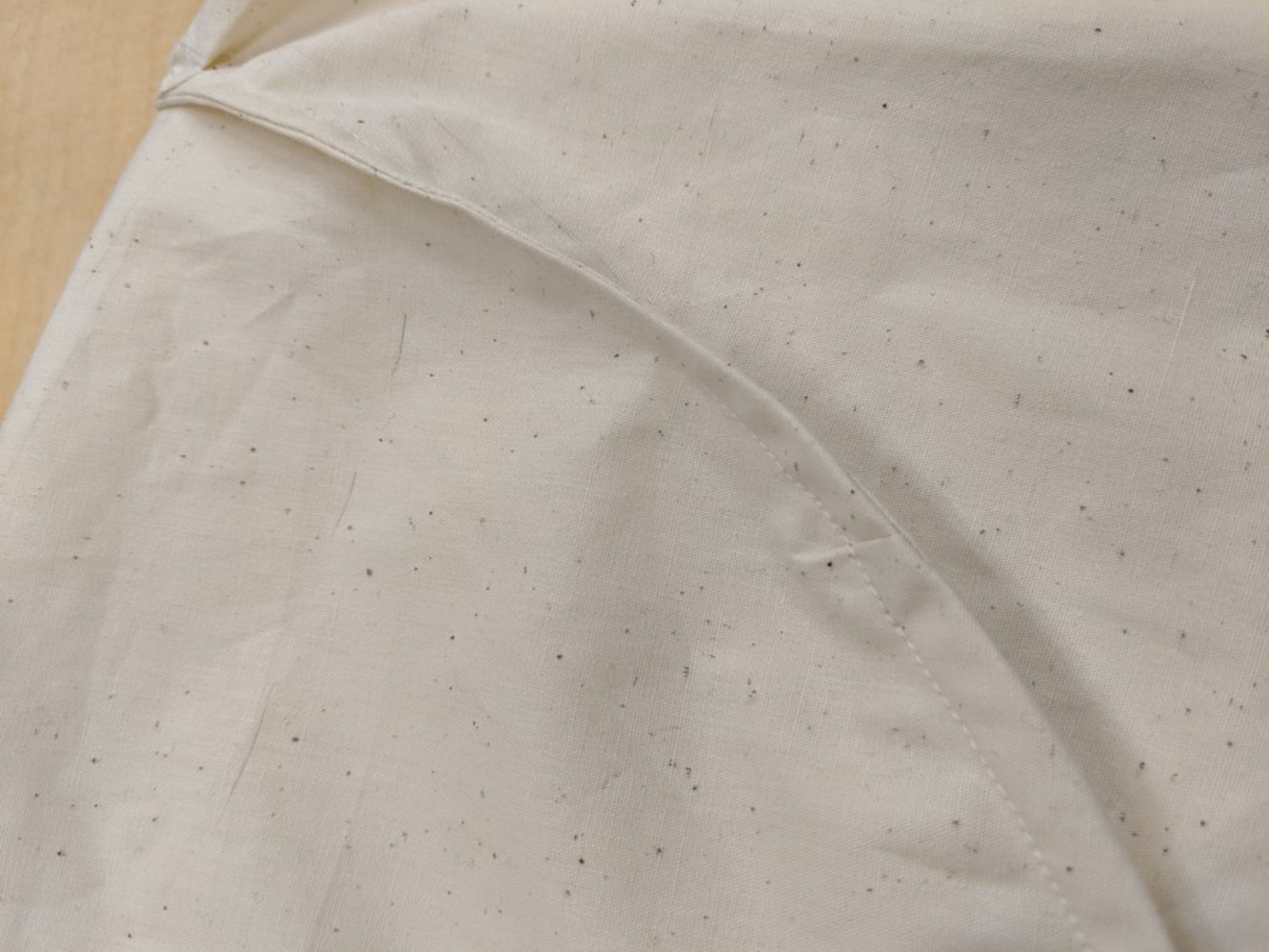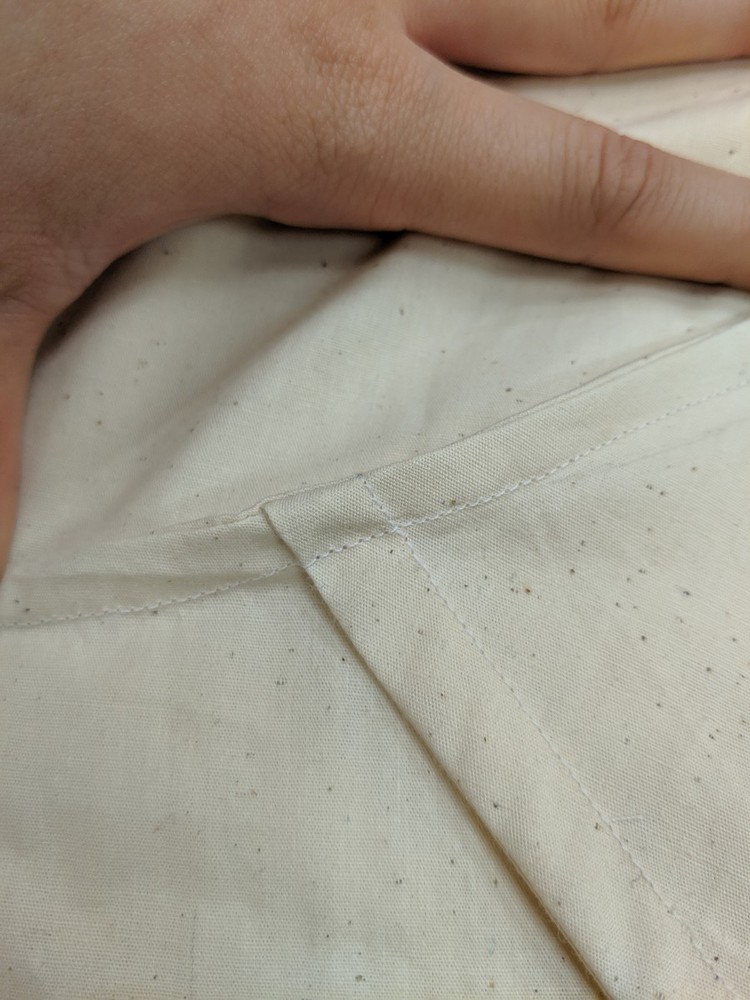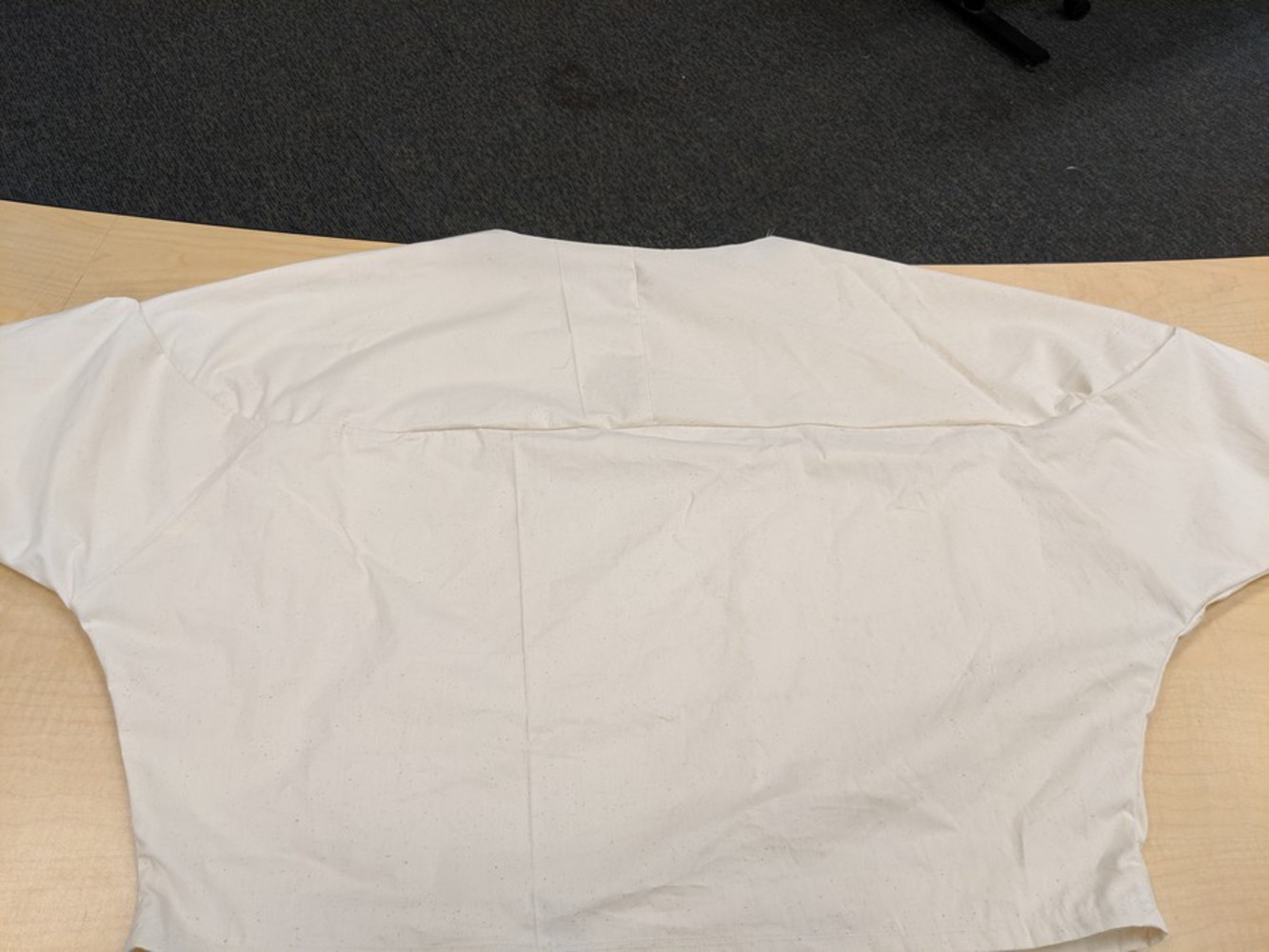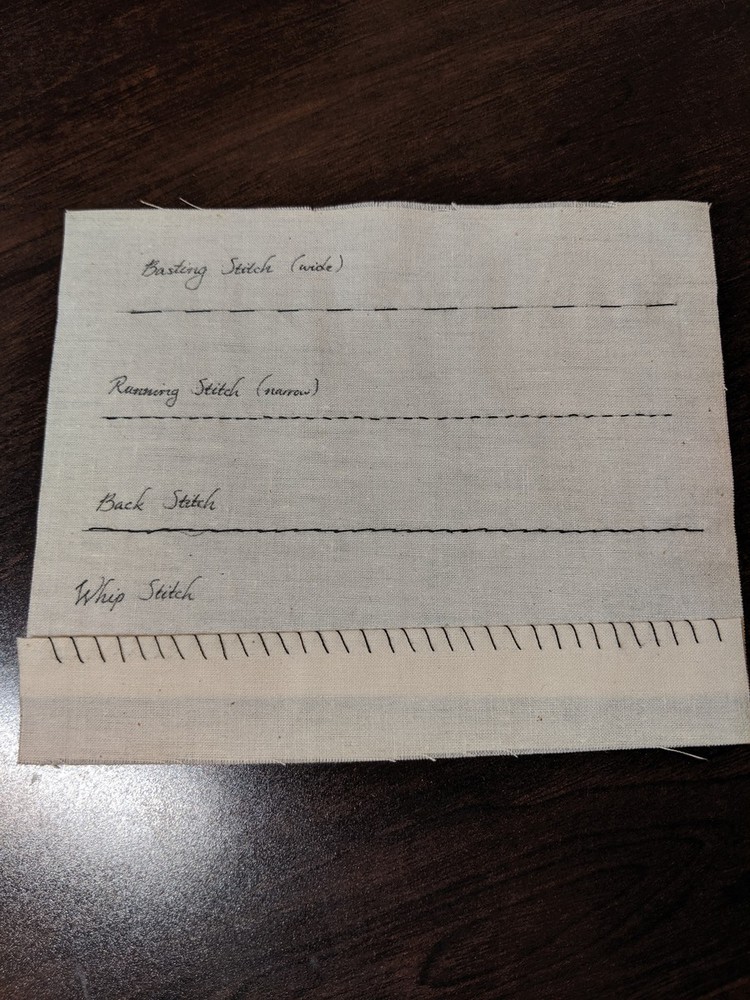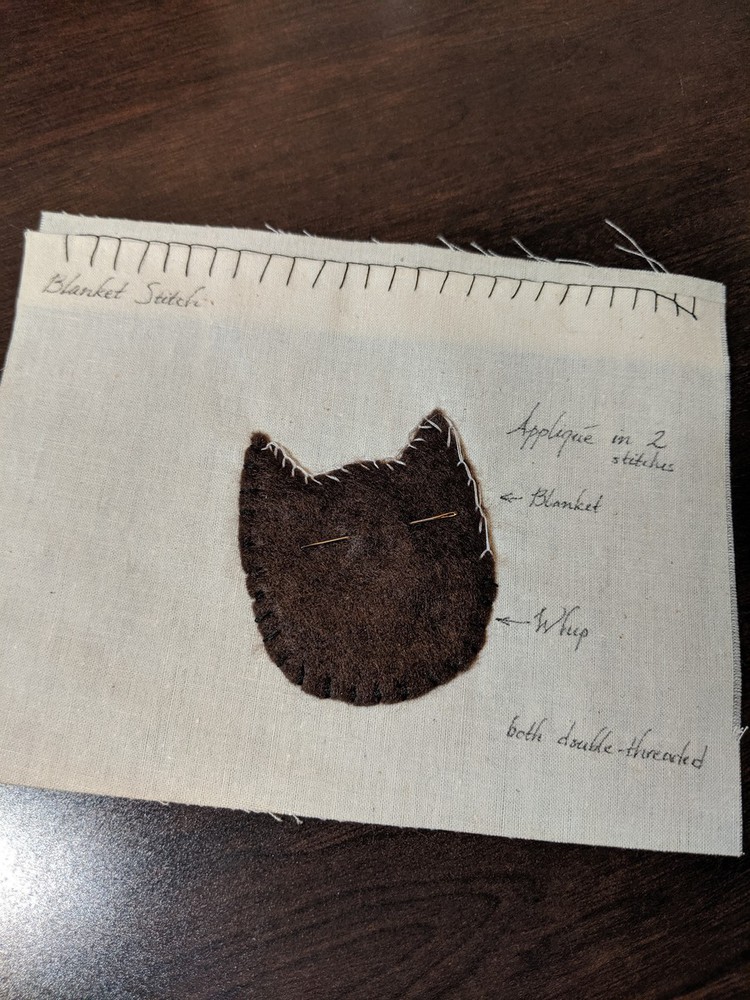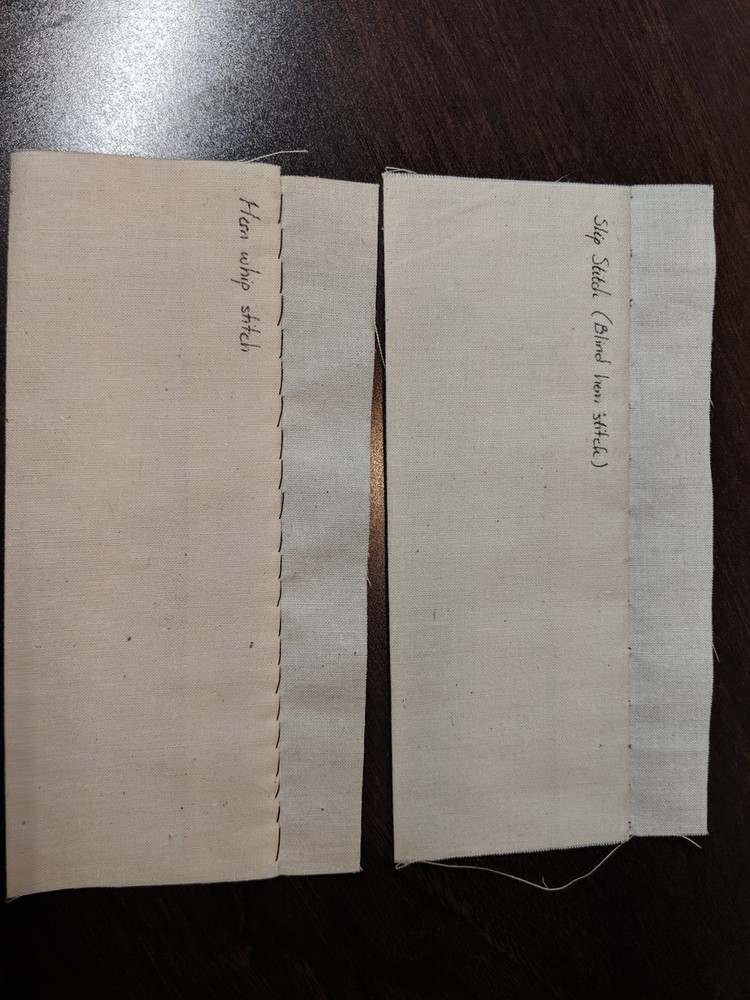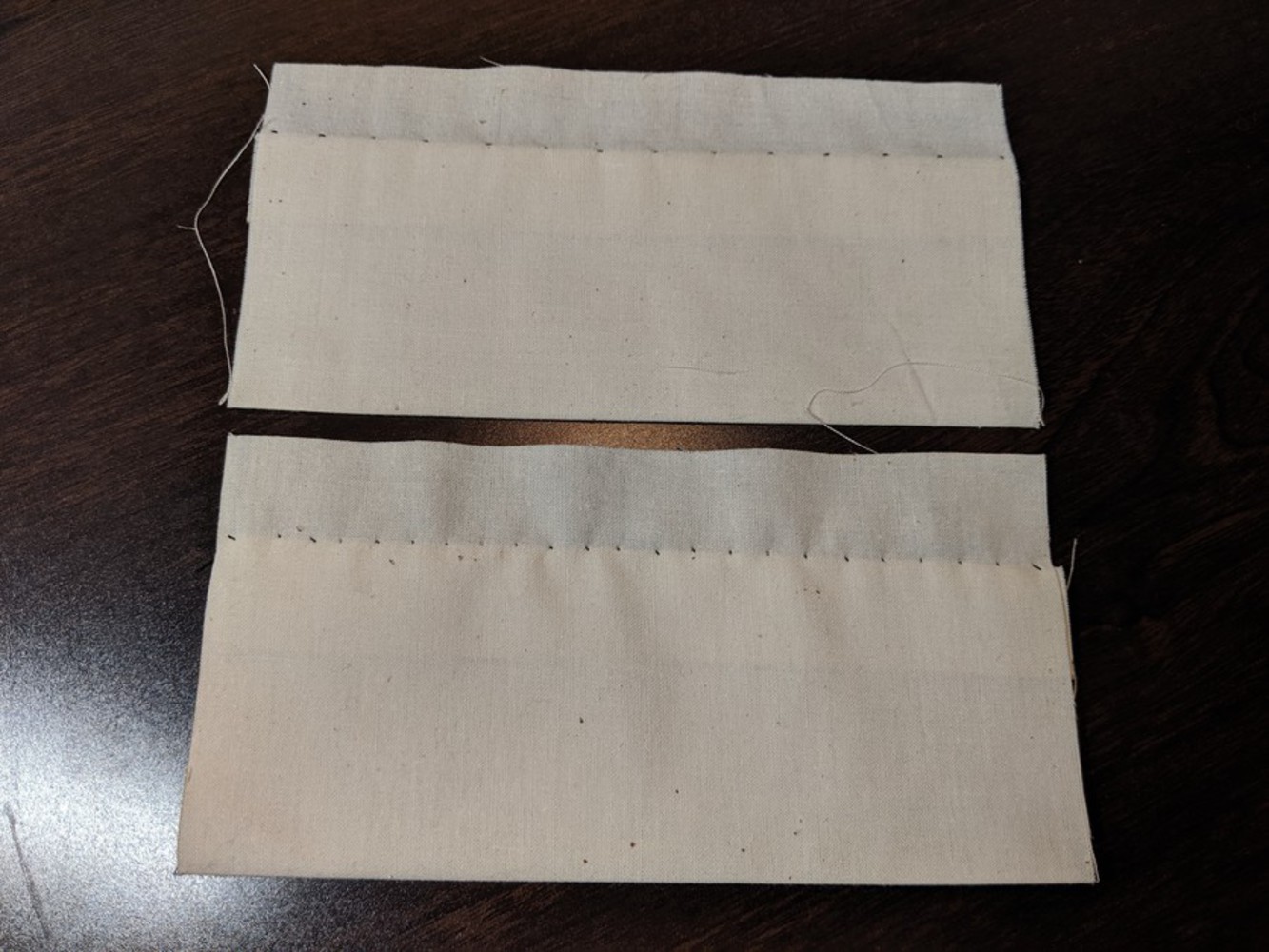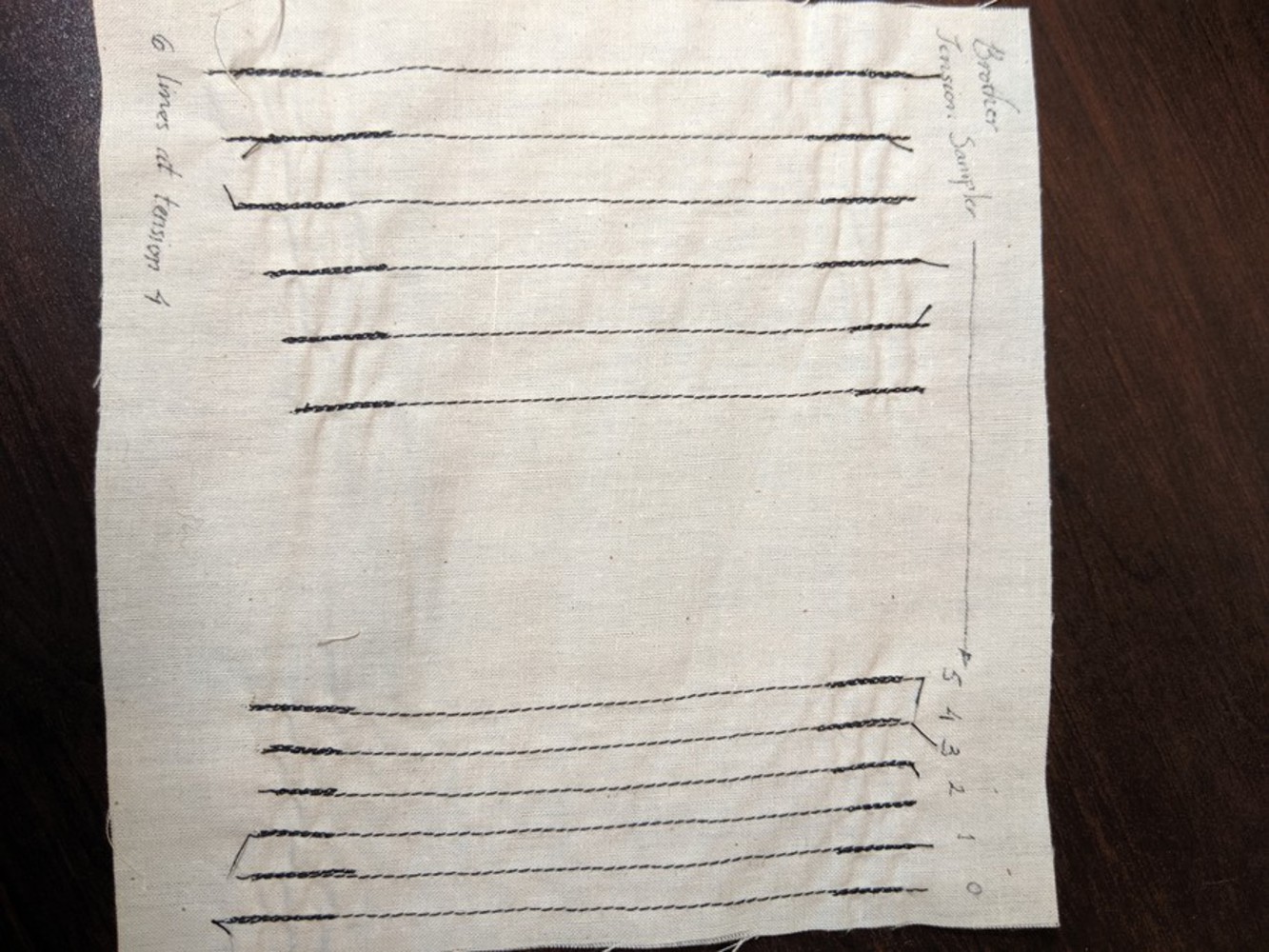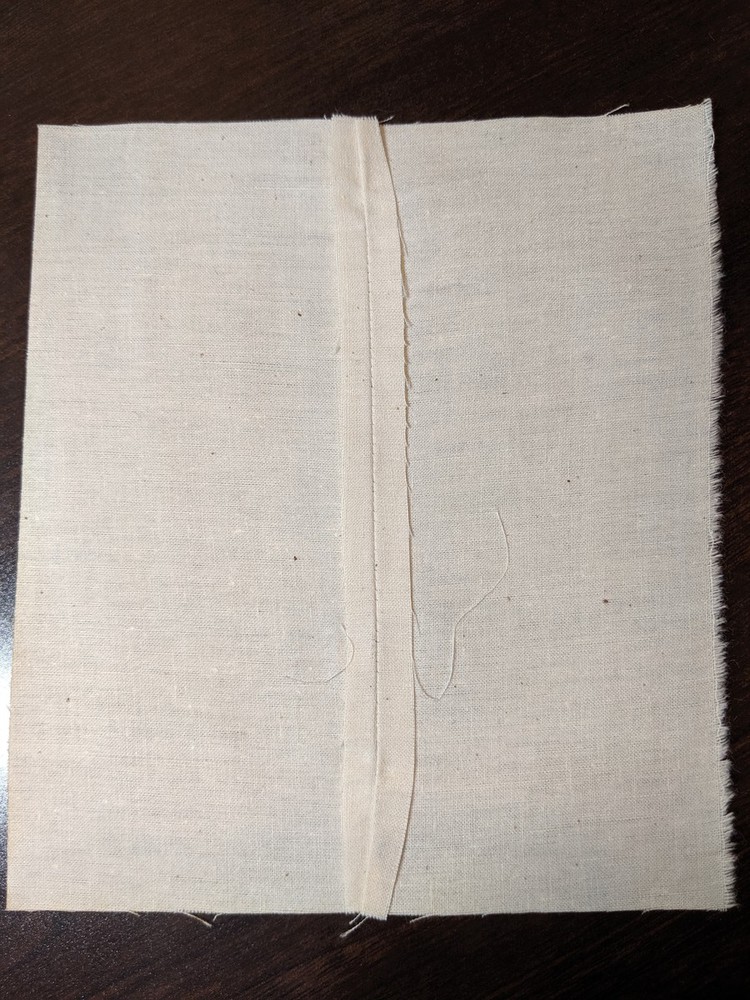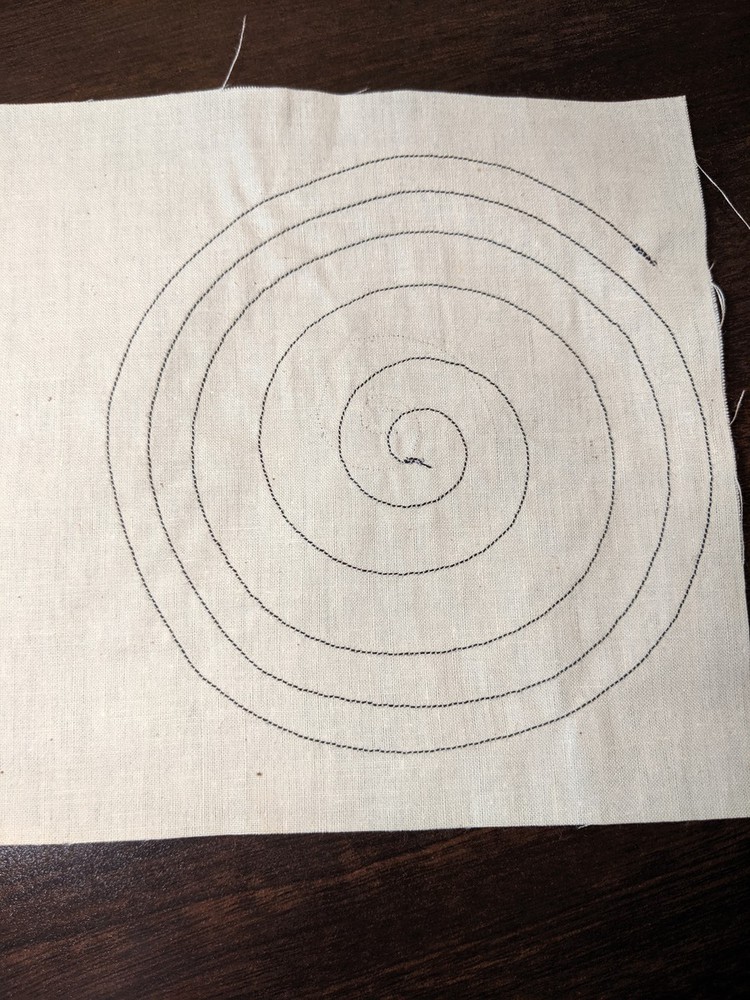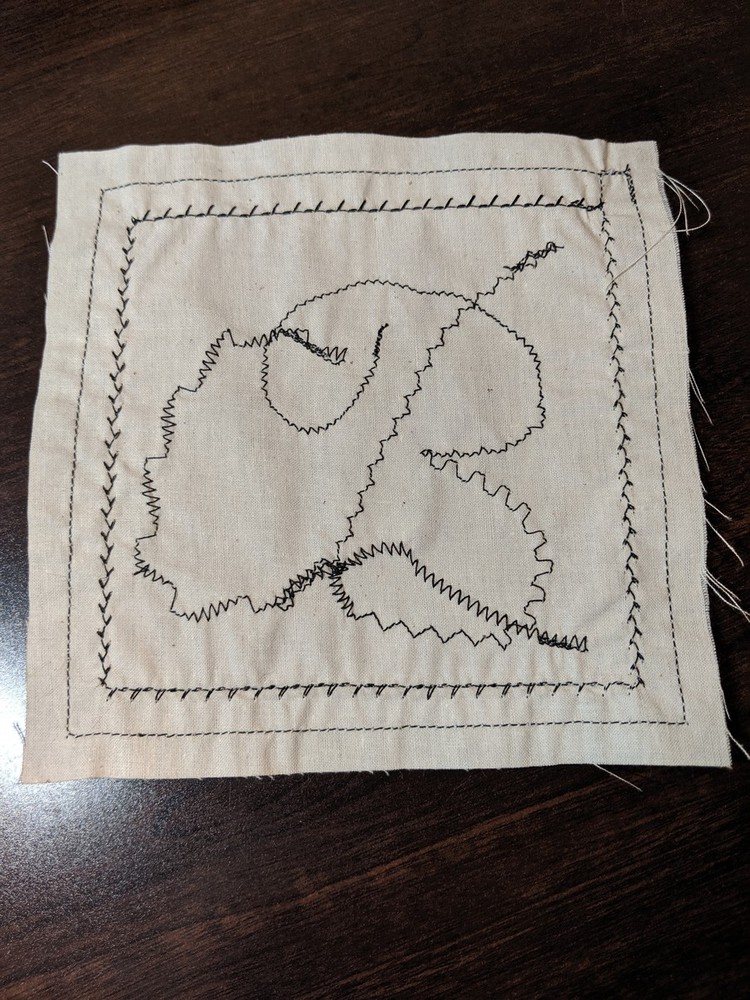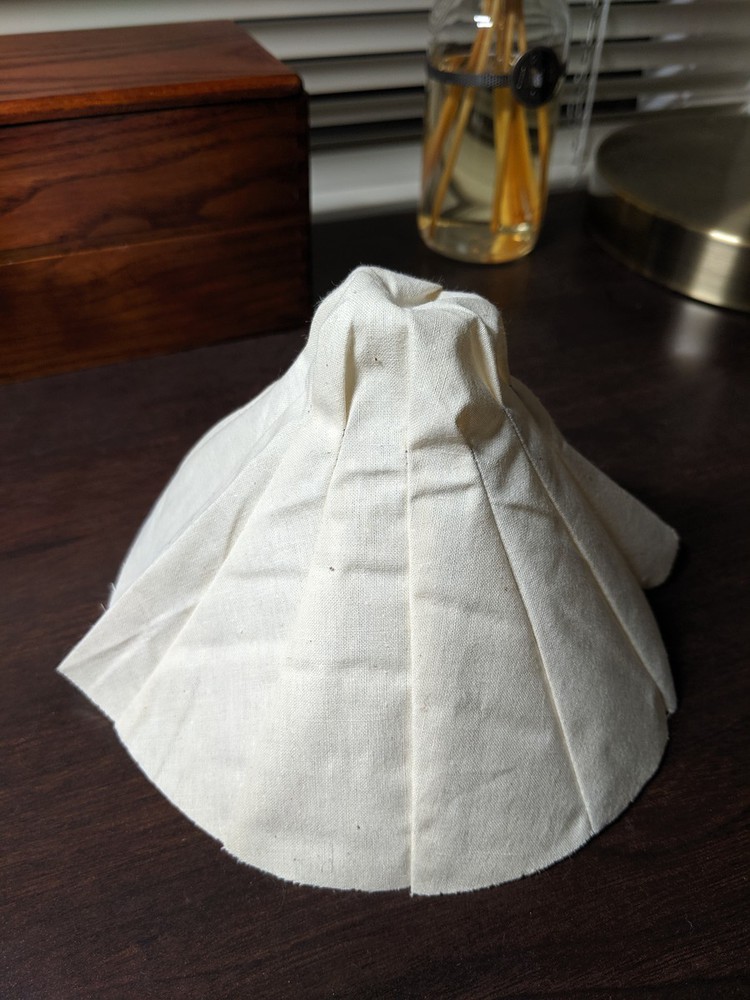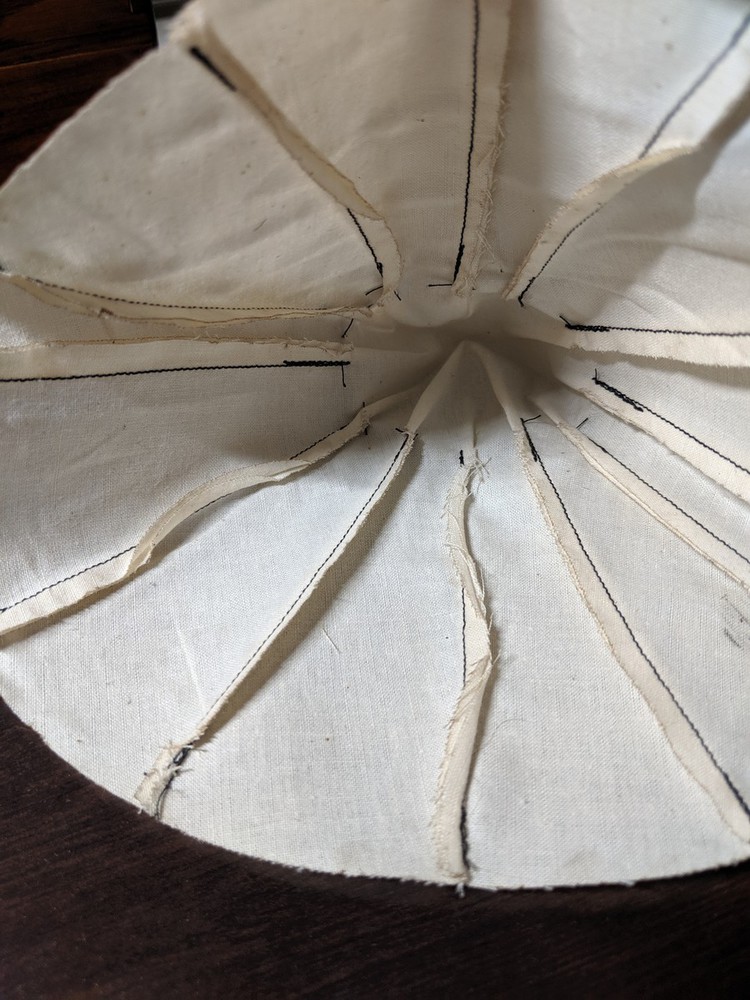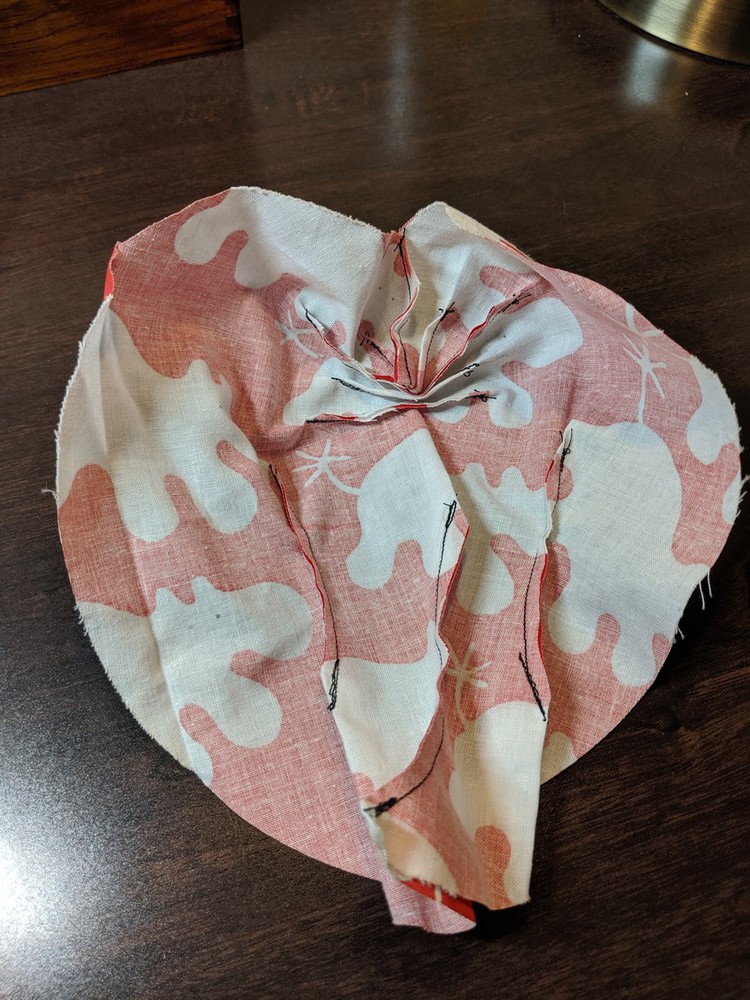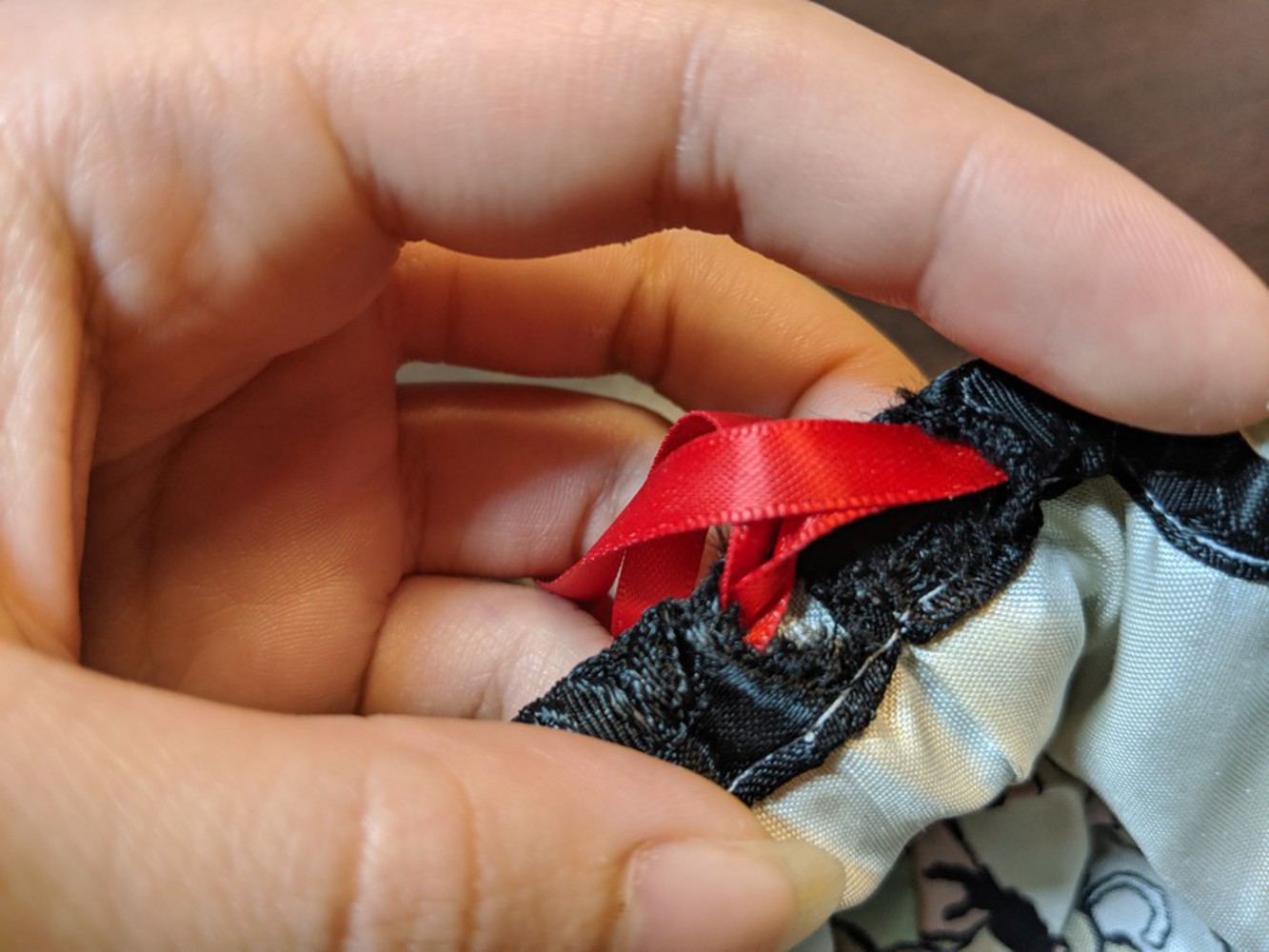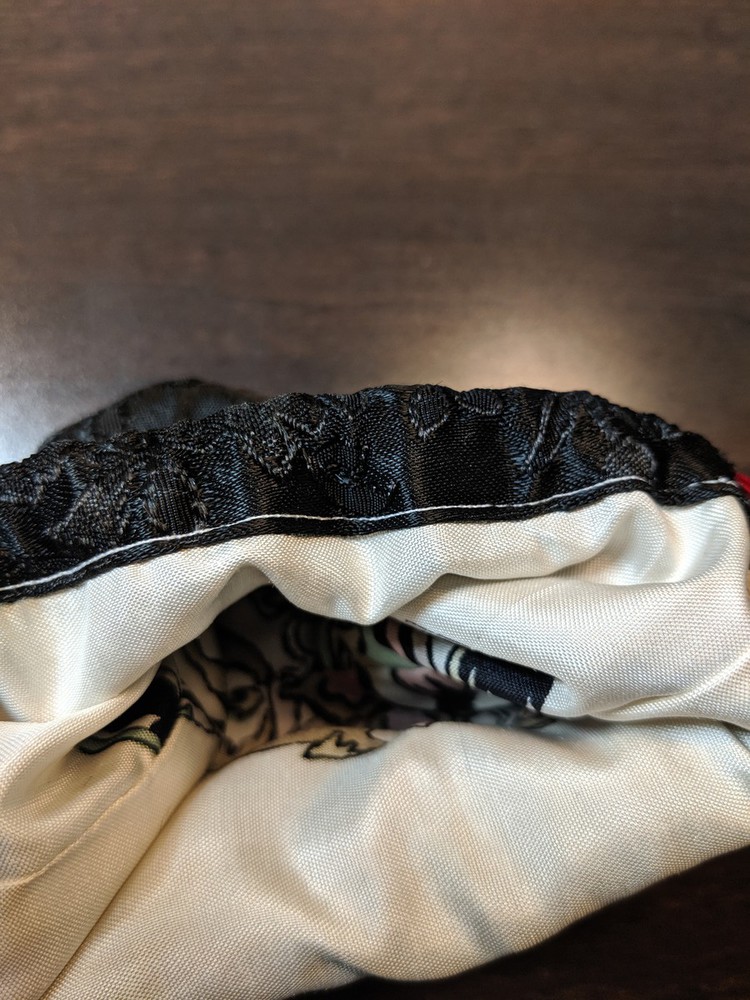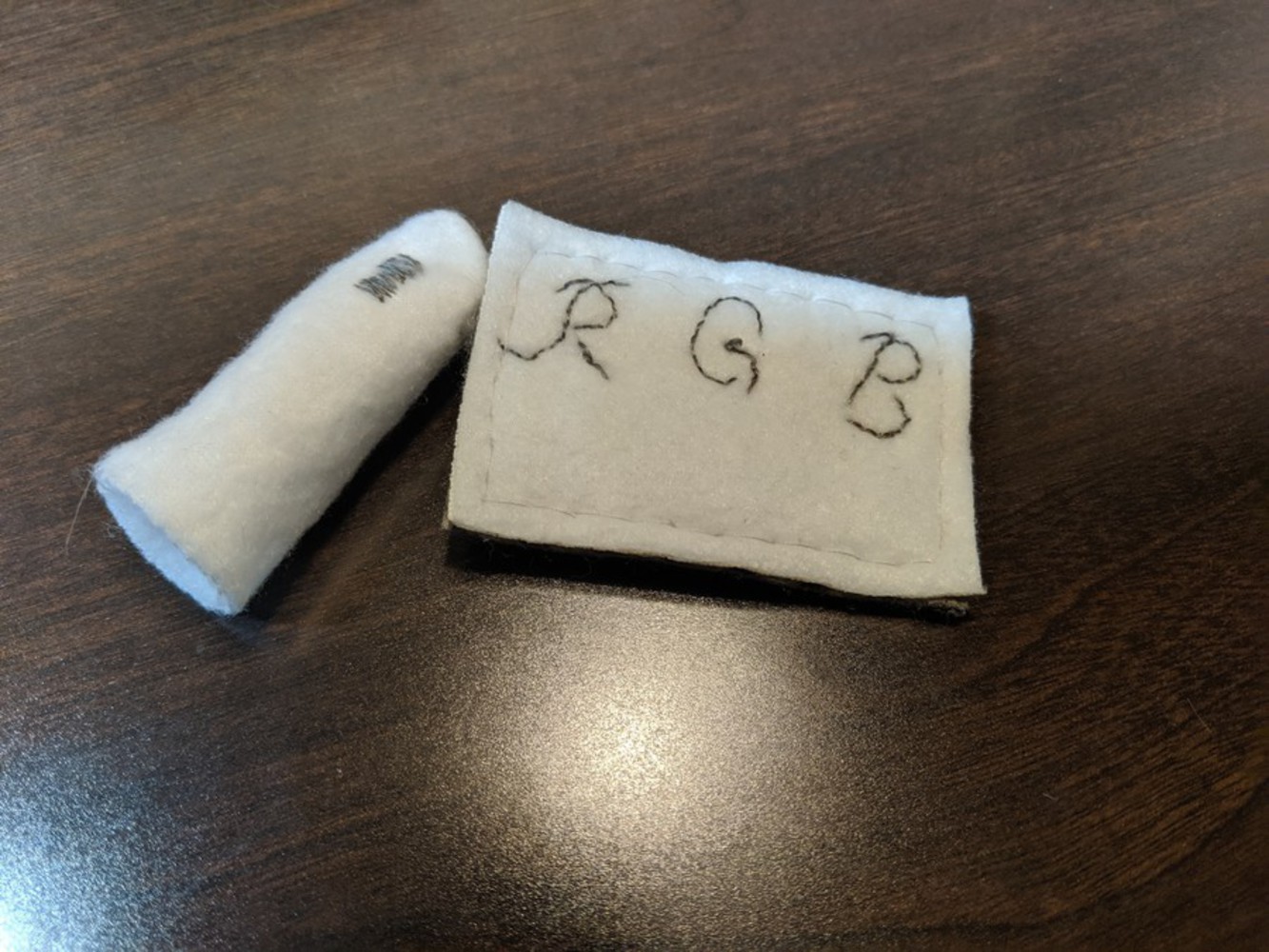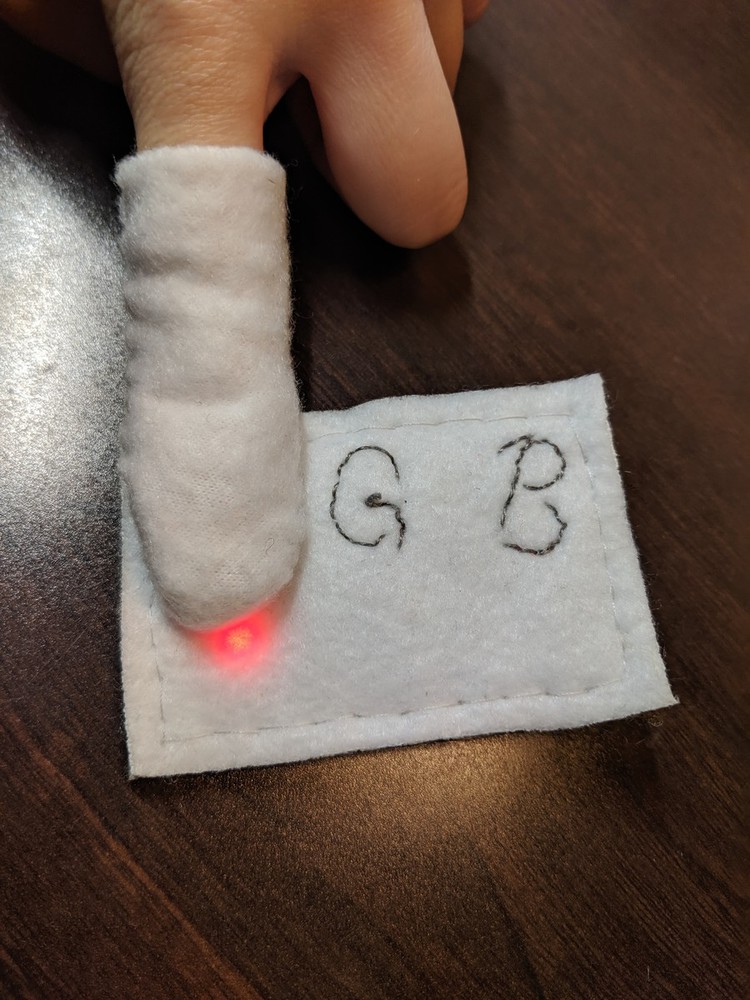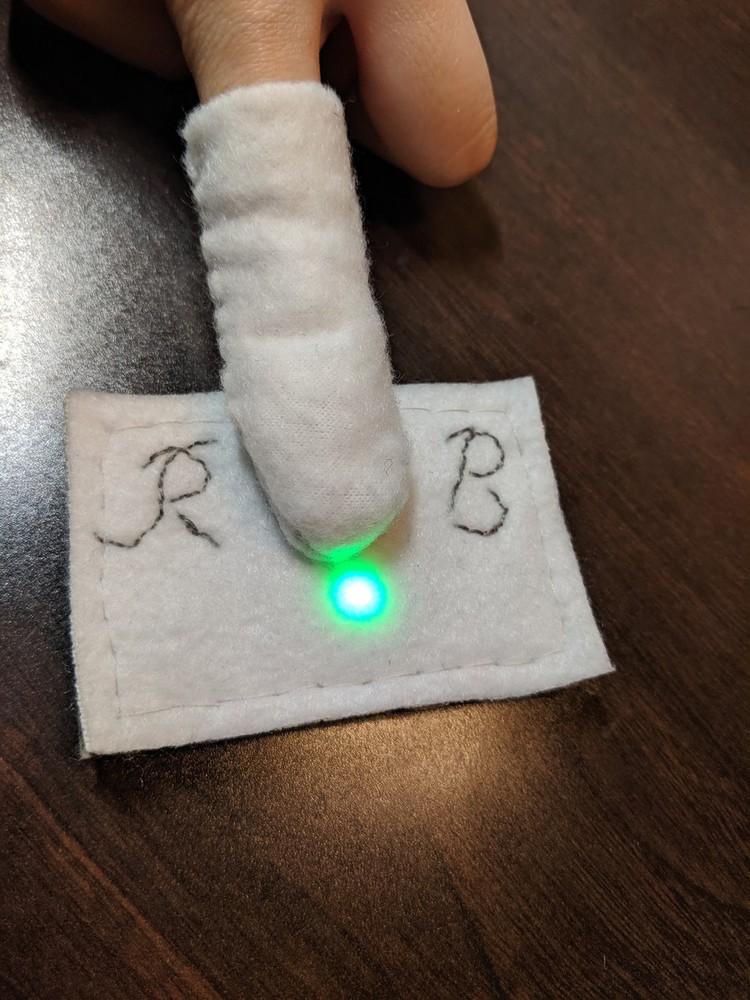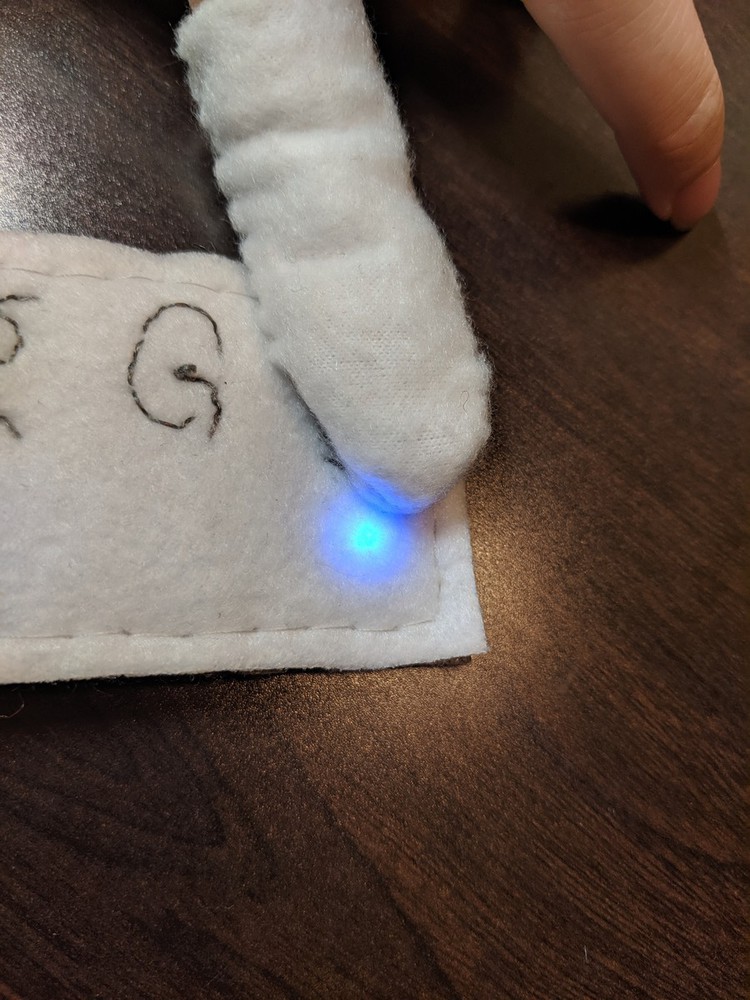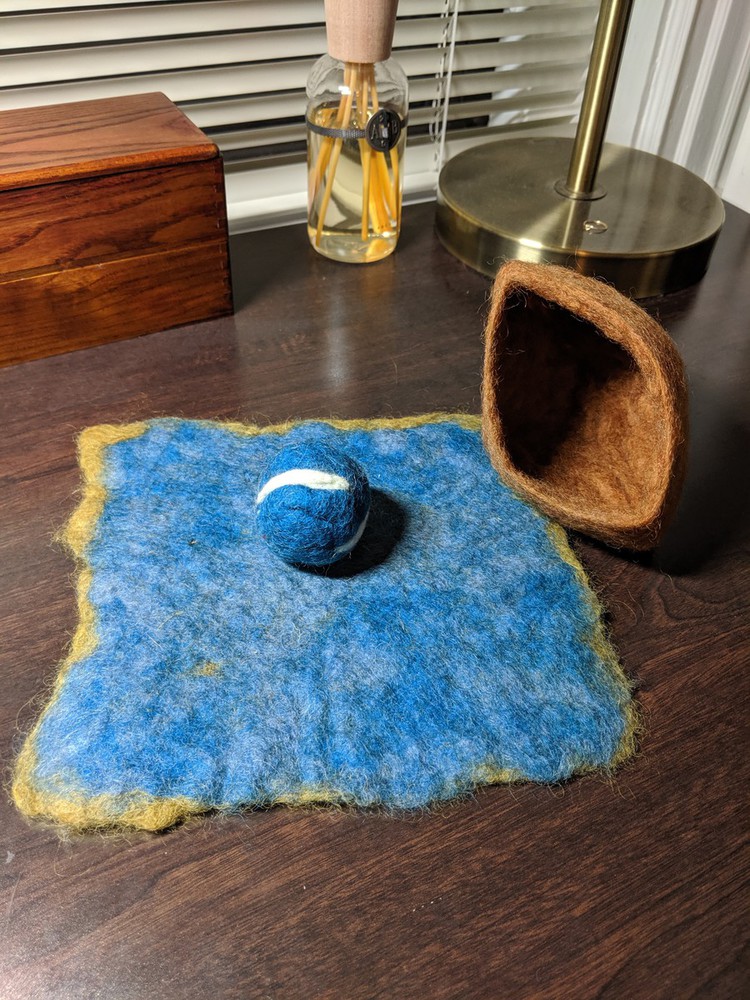Reflection
Although there were a lot of issues --- I wouldn't wear the finished product in public --- I was quite satisfied with the way my first attempt at garment-making turned out, particularly given my lack of some equipment (such as an iron, serger, perhaps a dress form). My French seams require some practice to work properly on more interesting shapes, but they were quite neat on straight or almost-straight lines. Similarly, when looking at patterning, I'll need to do some more research and be more careful in the future regarding measurements and alignments of curved components. I'll definitely improve on my hems as well; I was a bit rushed for this project, but in the future I'll at least do a double-folded hem so that the raw edges aren't visible on the inside of the garment.
While muslin is relatively easy to work with, it's also definitely the wrong material (too stiff) for this type of shirt, which is designed to drape. When I'm a bit more confident with my basic sewing skills, I do plan to try to work with some materials with slightly different properties.
Even with a little bit of a time pressure, I found sewing very enjoyable and relaxing. I definitely plan to take another class, learn more about methods beyond basic sewing and perhaps more specific to garment-making. In particular, I want to learn to work with connecting different shapes so that I can avoid the issues with curvature that I struggled with on my shirt. Although I did not choose to explore them in this project, I am also interested in learning about fitting and clothing design.
